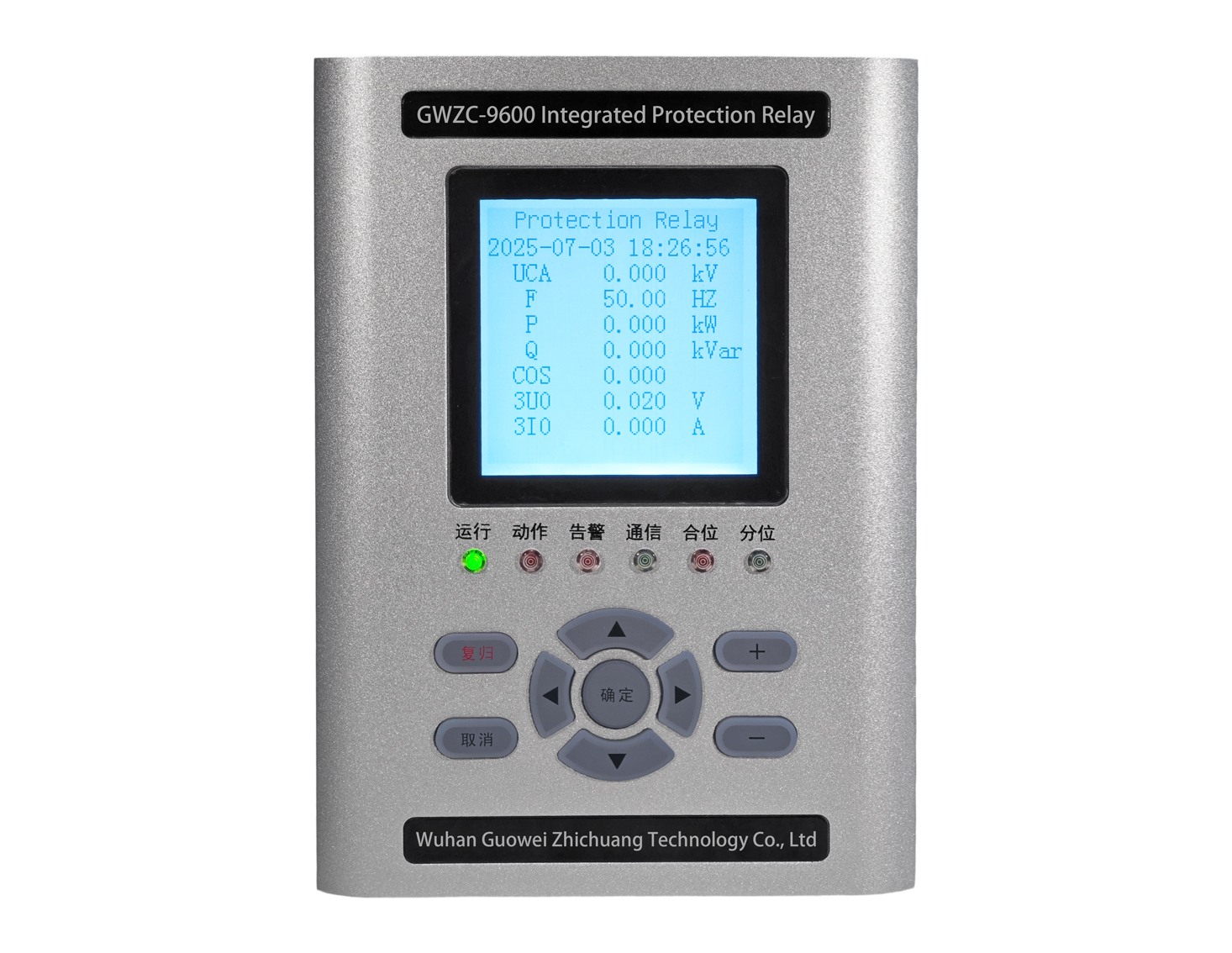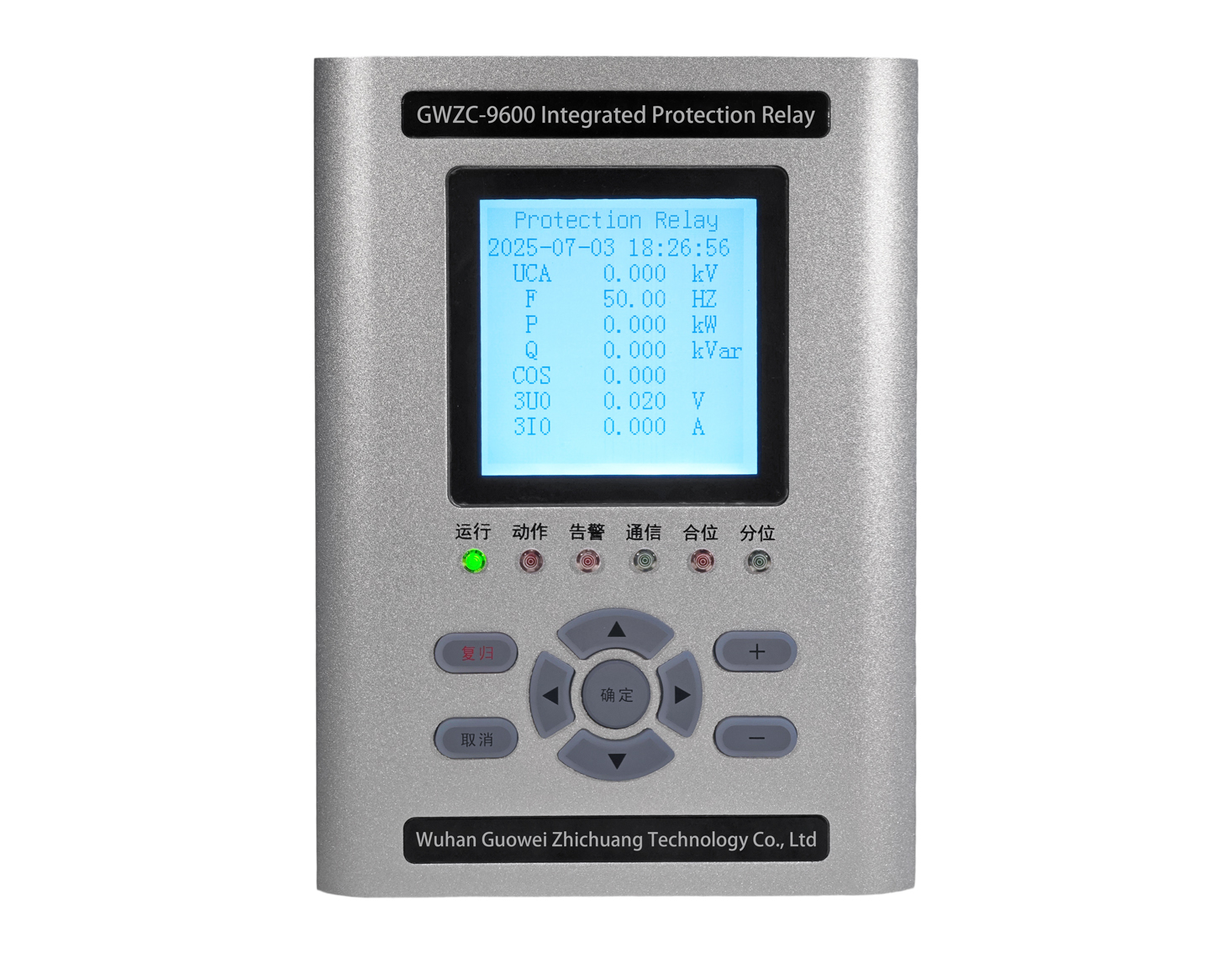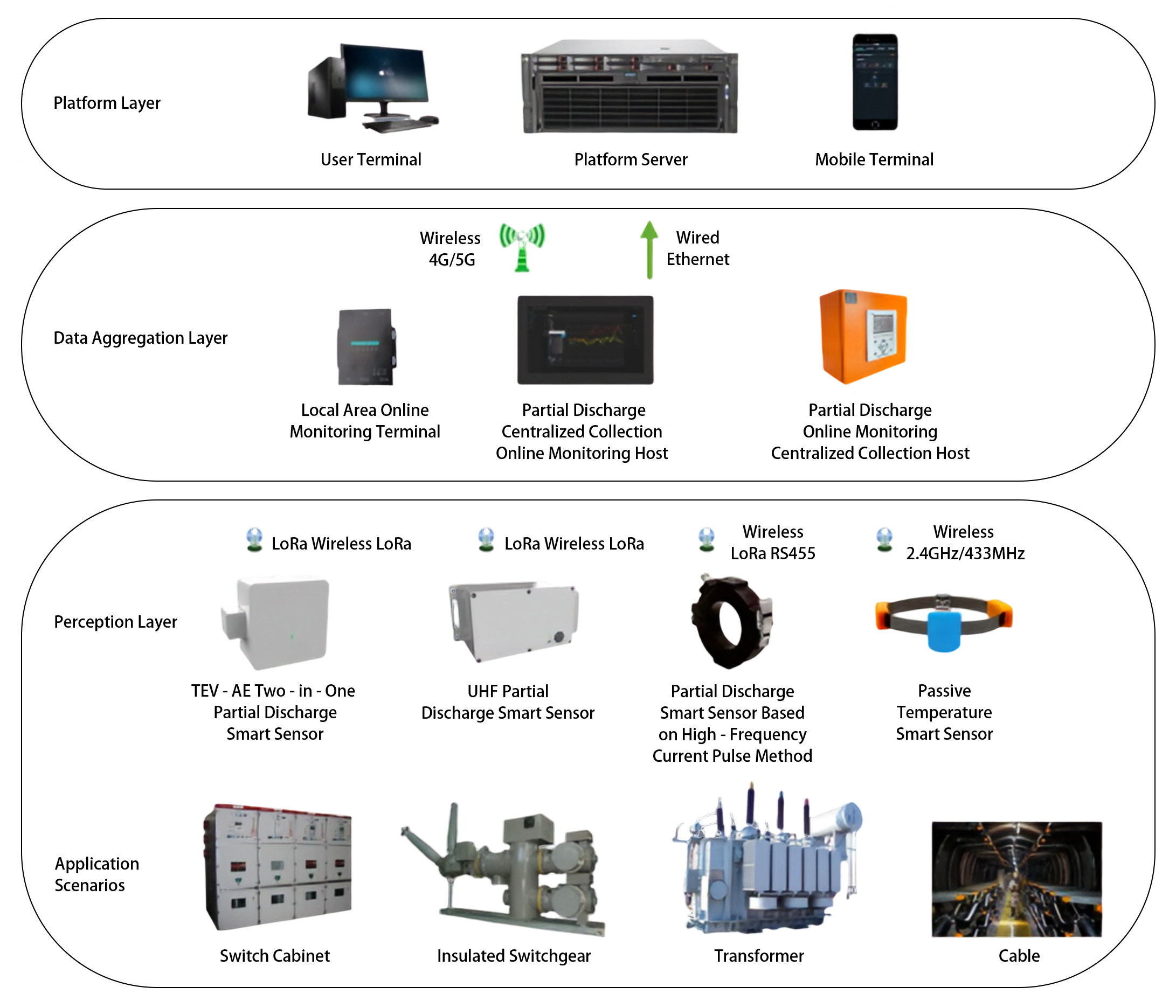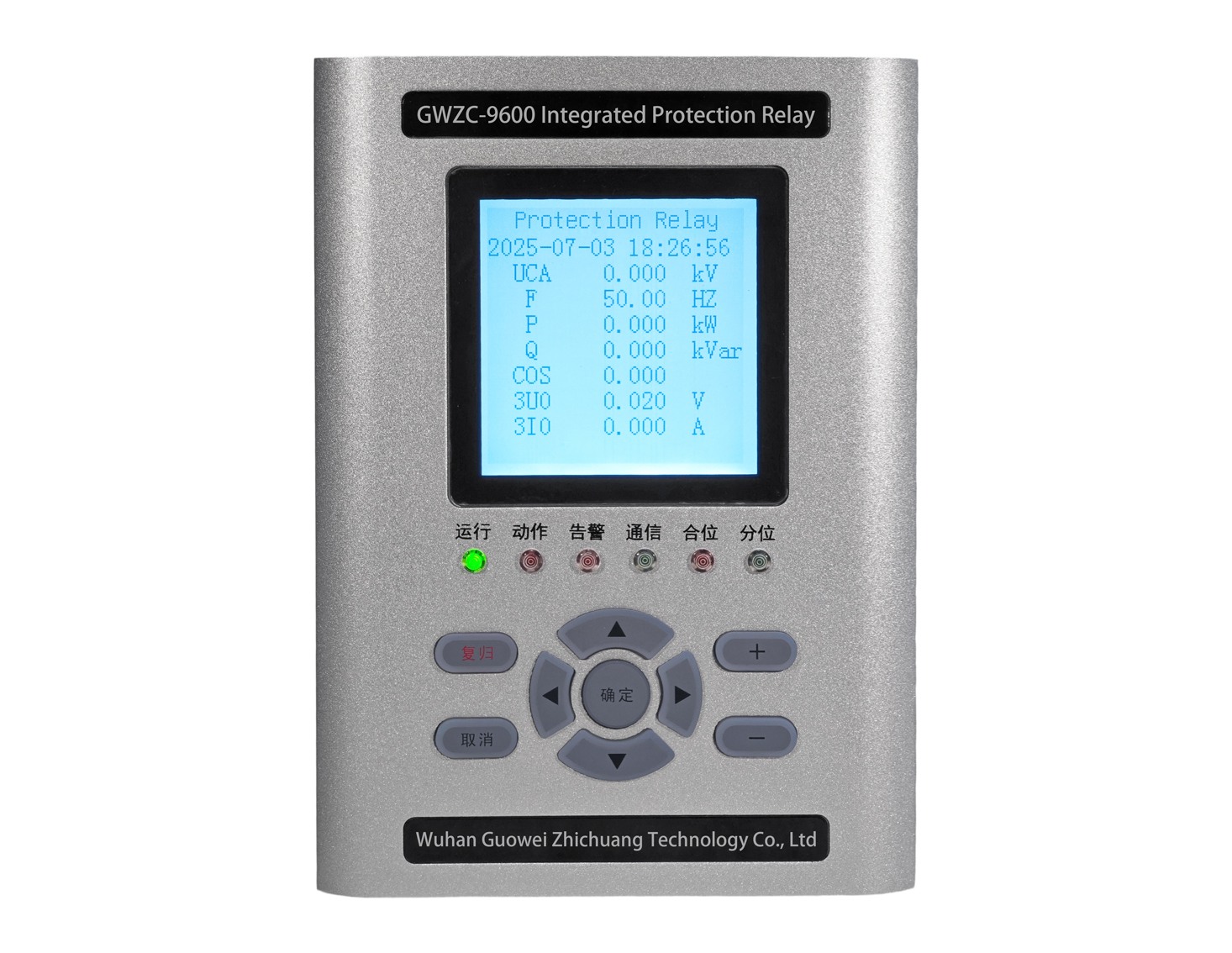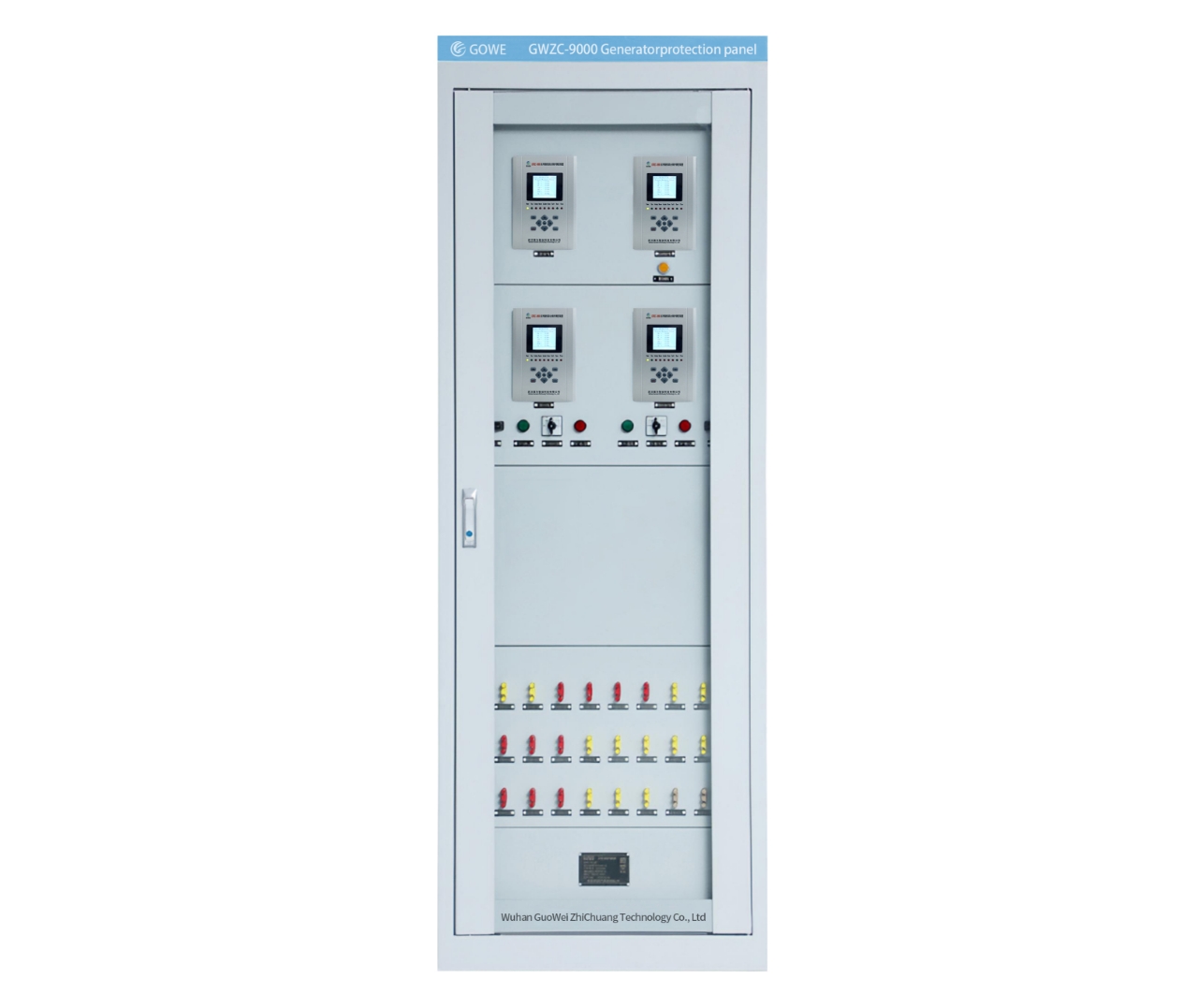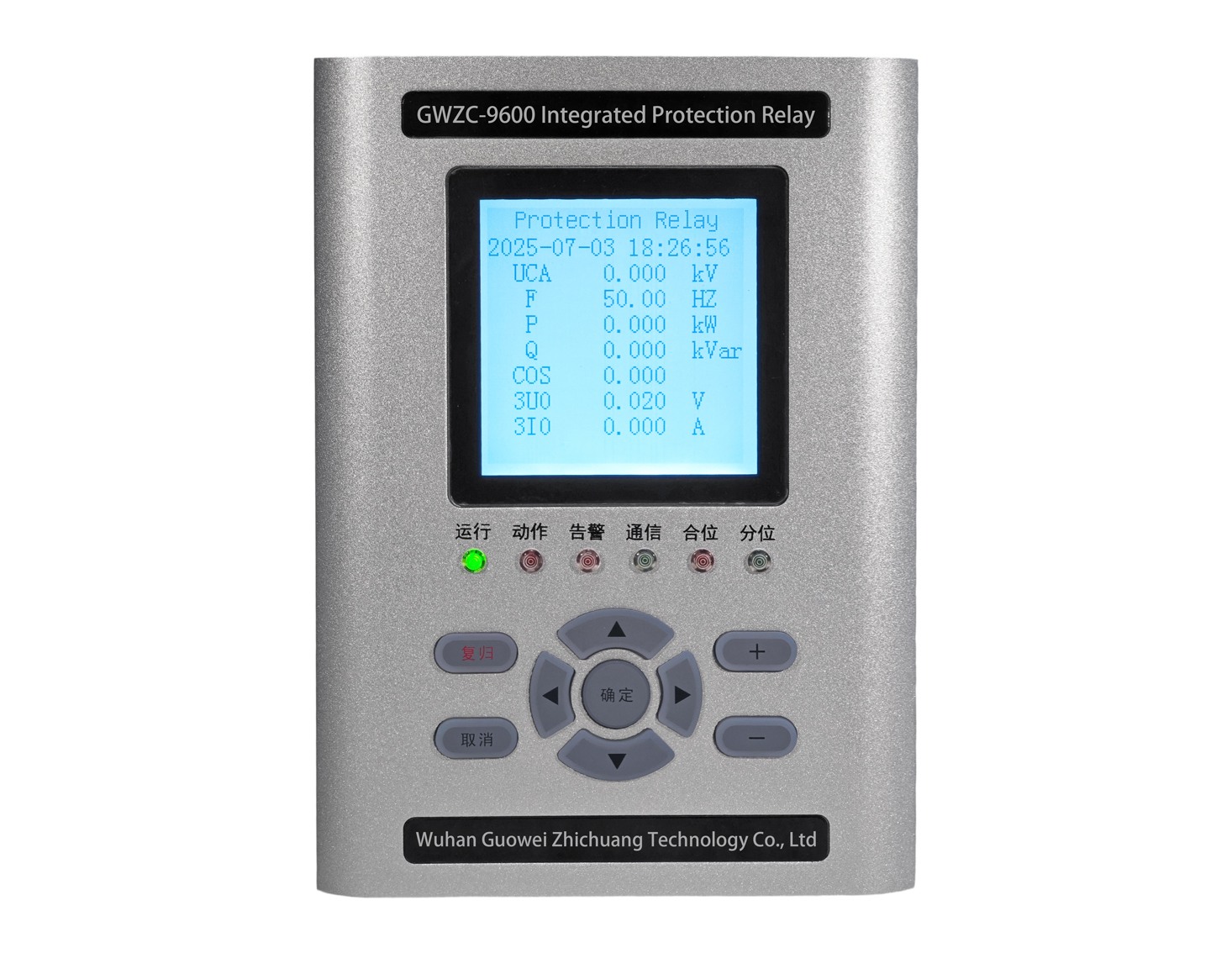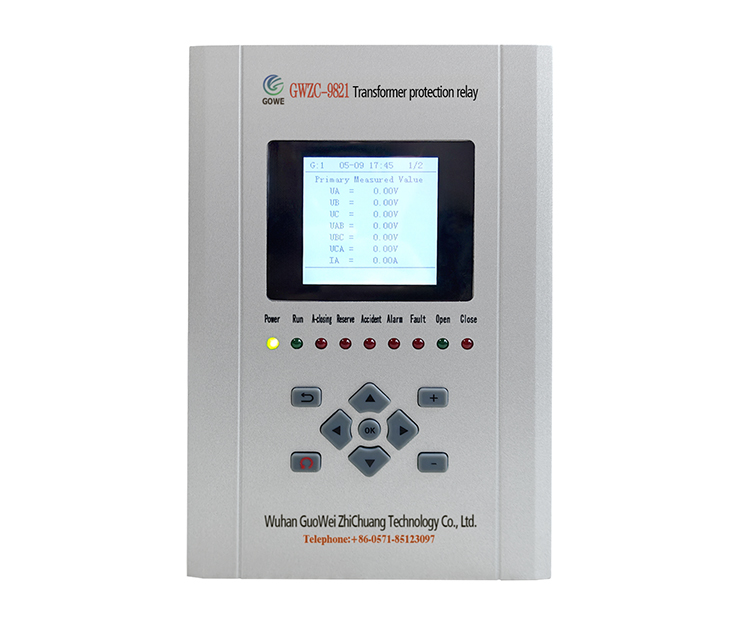
Frequency Rate-of-Change (df/dt) Protection: Introduction
Frequency rate-of-change (df/dt) protection is a critical function in power system protection schemes, designed to detect and respond to abnormal frequency variations. By continuously monitoring the rate of frequency change (frequency slip), it identifies severe power imbalances or faults in the grid. This technology is widely applied in generator protection, underfrequency load shedding (UFLS), and system stability control, serving as a key safeguard against frequency collapse in electrical networks.
Role and Importance of Frequency Rate-of-Change Blocking
The primary role of frequency rate-of-change blocking is to prevent protection relays from maloperation during rapid frequency fluctuations. When a significant power deficit or surplus occurs, the grid frequency may drop or rise sharply, requiring temporary blocking of certain protection functions to avoid unnecessary tripping. Additionally, it helps distinguish genuine system emergencies, triggering corrective actions such as load shedding or generator disconnection to maintain stability and prevent cascading failures.
Key Functions of Frequency Rate-of-Change Protection
Frequency rate-of-change protection performs three essential functions:
(1) real-time monitoring of system frequency variations and calculating the df/dt value,
(2) setting appropriate blocking thresholds to differentiate between normal fluctuations and critical events, and
(3) coordinating with other protection schemes to selectively block certain protections during rapid frequency changes while activating emergency control measures.
These functions collectively enhance power system security during frequency disturbances.
Operating Principle of Frequency Rate-of-Change Blocking
The working principle of frequency rate-of-change blocking relies on precise measurement and evaluation of frequency deviation rates. Protection relays use high-accuracy timing and sampling systems to compute frequency differences between consecutive cycles, determining the rate of change. If this rate exceeds predefined thresholds, an abnormal frequency slip condition is detected, activating the blocking logic. Advanced algorithms incorporate digital filtering to eliminate measurement noise and time-delayed judgment to prevent false trips due to transient disturbances, ensuring reliable and accurate operation.
